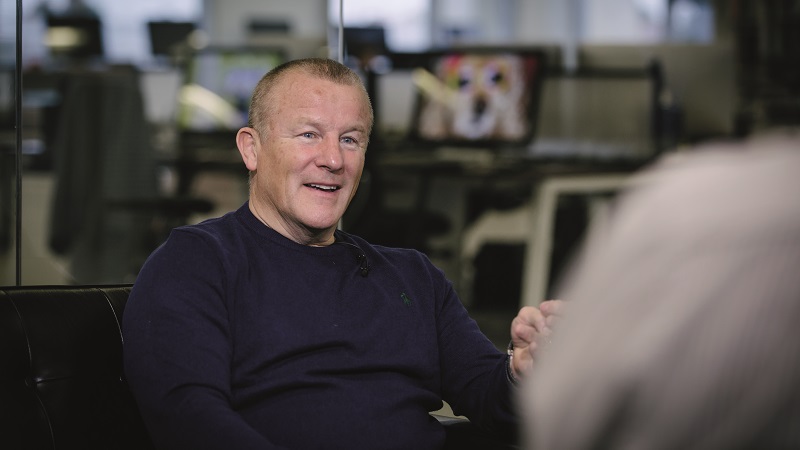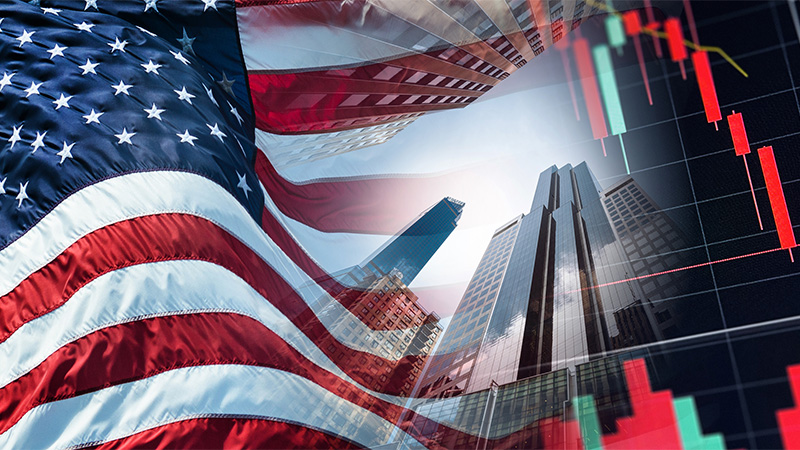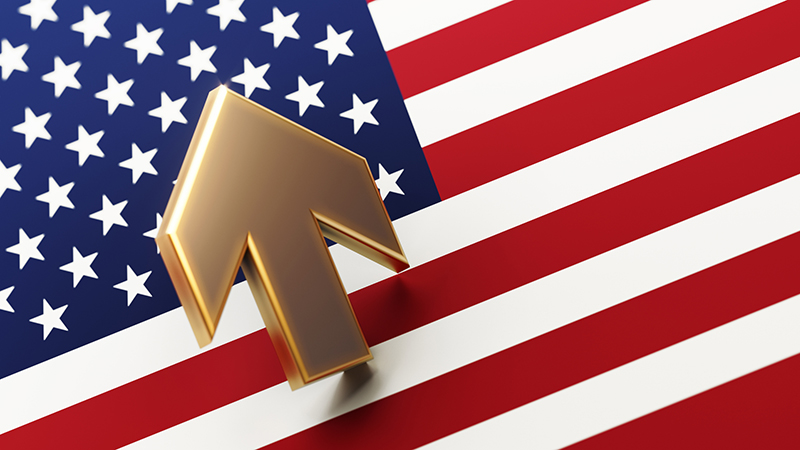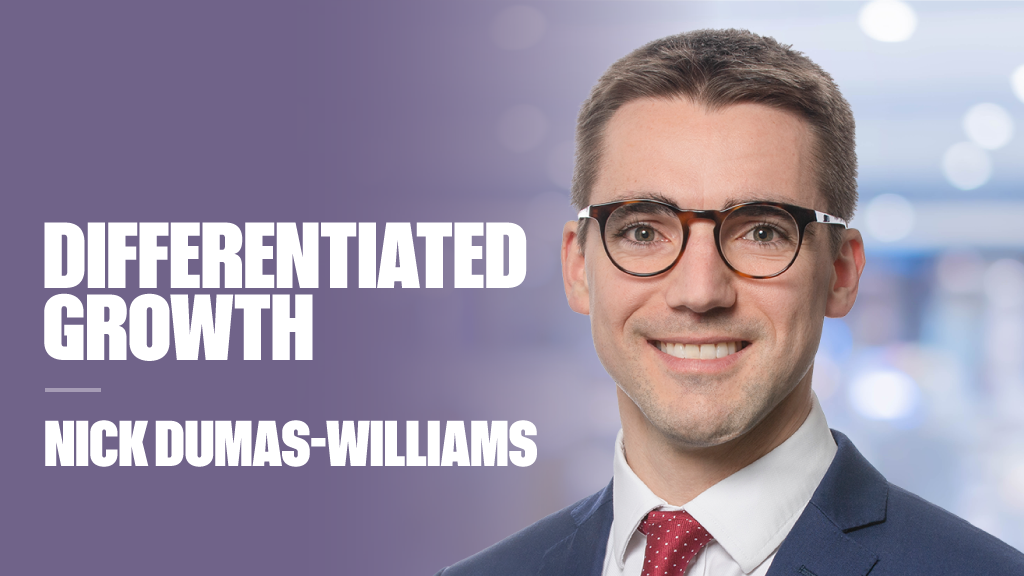The economics consultancy paints an understandably gloomy picture of the UK economy, decribing yesterday’s ONS unrevised estimate of 0.3% GDP growth in the second quarter as a trivial improvement on the first quarter growth of 0.2%.
The last time GDP growth was this weak over two quarters was mid-2011.
Pantheon says: “Growth was slower than in any other G7 economy for the second consecutive quarter. Sterling’s depreciation has hurt consumers, by fuelling inflation, more than it has helped exporters. Households’ real spending increased by just 0.1% quarter-on-quarter in Q2, the smallest rise since Q4 2014. The boost from the 1.5% rise in retail sales volumes was offset by a sharp fall in car sales and slower growth in services spending.
“By contrast, both exports and imports rose by 0.7%, so net trade had a neutral effect on growth. Overall, net trade still has dragged on GDP since sterling began to depreciate at the end of 2015. By contrast, it had boosted GDP at the same point after all other past post-war depreciations.”
UK chief economist Samuel Tombs suggests the risks associated with Brexit are also dampening corporate risk appetite with business investment flat in the second quarter.
There are also concerns that total gross capital formation was driven exclusively by a 5.0% surge in public investment but this is not set to last.
Tombs notes: “The Government planned in the March Budget to increase public sector investment in nominal terms by only 6.7% this year.”
He says: “At least households have begun to live with their means. Employees’ nominal compensation—which accounts for about two-thirds of total income—rose by 1.2% quarter-on-quarter, outstripping the 0.5% rise in nominal spending.
“As a result, the household saving rate likely recovered partially, following its plunge to an all-time low of 1.7% in Q1, from 3.3% in Q4. CPI inflation, however, looks set to take another leg up over the coming months and the recent decline in consumers’ confidence points to a further pickup in the saving rate ahead.”











